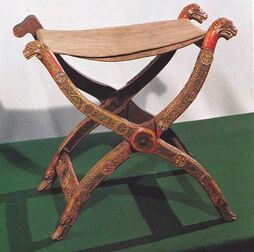 A Roman Sella Curulis A Roman Sella Curulis These interesting and beautiful chairs are commonly referred to as "throne chairs", associating them with a medieval royal court or in a Renaissance setting. There are many names for these: commonly referred to as X-chairs, but more historically correct, Dantesca (or Dante) chairs, Savonarola chairs, or when without arms, Sedie a Tenaglia, Pincer Chairs or simply Scissor Chairs. In most cases, they were designed to folded up or taken apart for transport or when additional chairs were needed for a special event. Folding frame chairs were first used in Ancient Egypt, Rome, and Greece used by the elite classes--they were expensive to create by master craftsmen. Some were even simple, metal designs with a sling seat. Throughout the Roman Empire the sella curulis, an armless folding stool, was very common, looking somewhat like the bottom half of a modern director's chair. In early Christian times they were originally called faldistorium (folding stool, in Latin) when they were used by religious officials when their throne was too cumbersome to move to outdoor events.The folding chair for everyday use originated in medieval Italy and spread through Europe during the Renaissance. The form was revived during the Neo-classical period, and continued its popularity through the 19th century and during the Craftsman design era. There are even 20th century chairs that were based on the originals. Dantesca chairs typically have four intersecting s-shaped legs and a wooden or stone ornamental knob (called a boss) where the legs intersect. Some will fold, while others don't. Savonarola are chairs named for the 15th century Florentine, Dominican friar Girolamo Savonarola, who lived during the Italian Renaissance. Instead of four legs, the Savonarola was made up of a series of narrow wooden curved slats (also s-curved) that all folded in unison. The backs were often elaborately carved, typically with a family crest or head of a person or animal, symbolizing the owner. Often the seat had a cushion of velvet or silk in an elegant style. Legs on these designs were joined to flat "feet" that allowed the chair to sit level on uneven tiles or even outdoors on uneven ground. Curiously, even though Savonarola had his followers burn things of luxury and excess (due to his commitment to the poor) in his Bonfires of the Vanity, he still felt comfortable in his own version of a portable throne, which can be still seen today in the Convento di San Marco in Florence. Still today, in both modern or classical interiors, the Savonarola or Dantesca chairs are a great choice, used in pairs or along as an accent piece. --Jerry Finzi And available on Amazon...
2 Comments
|
On Amazon:
|

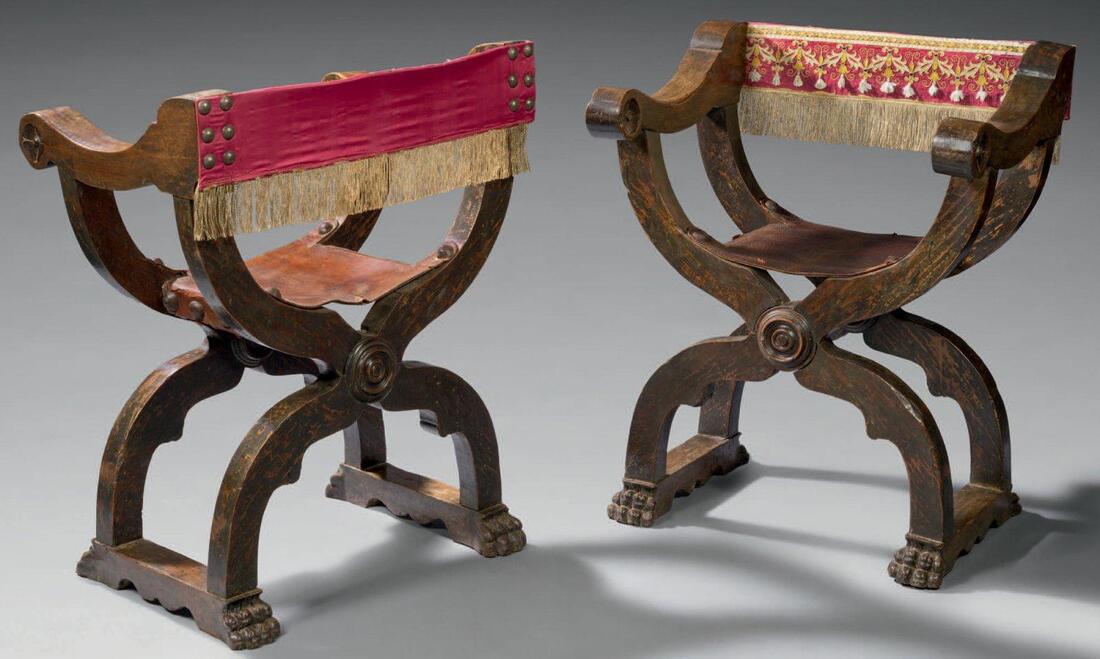
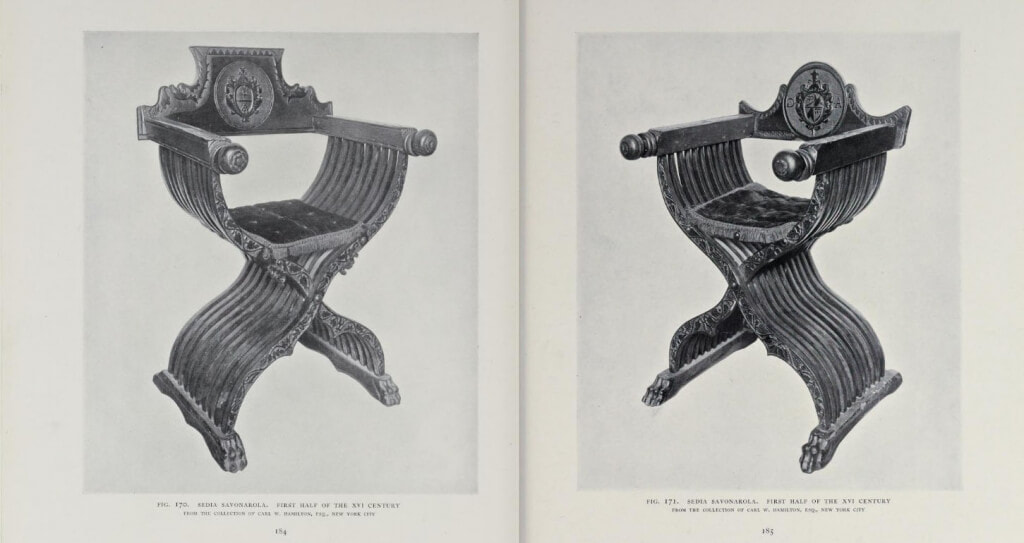
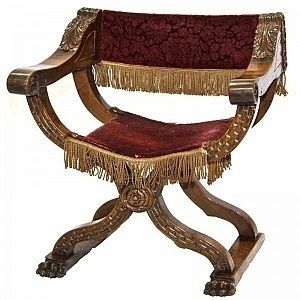
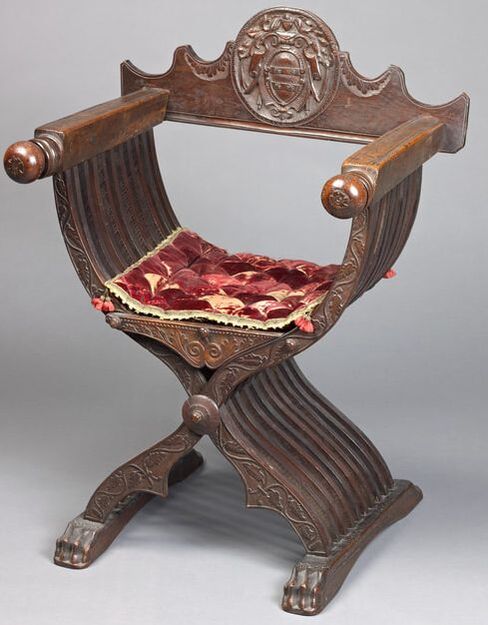
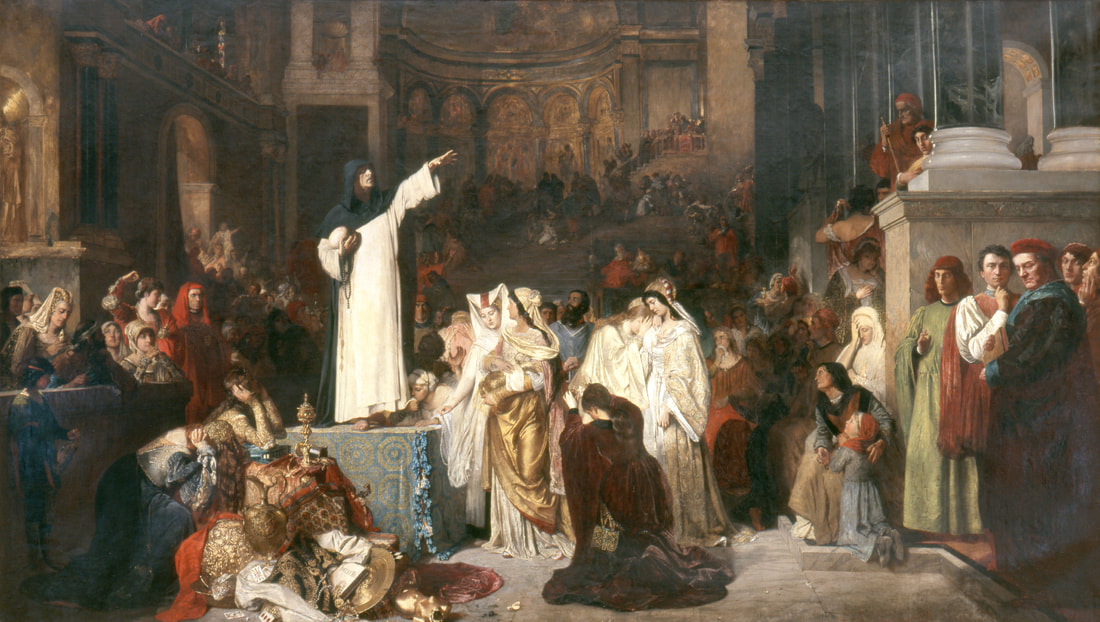
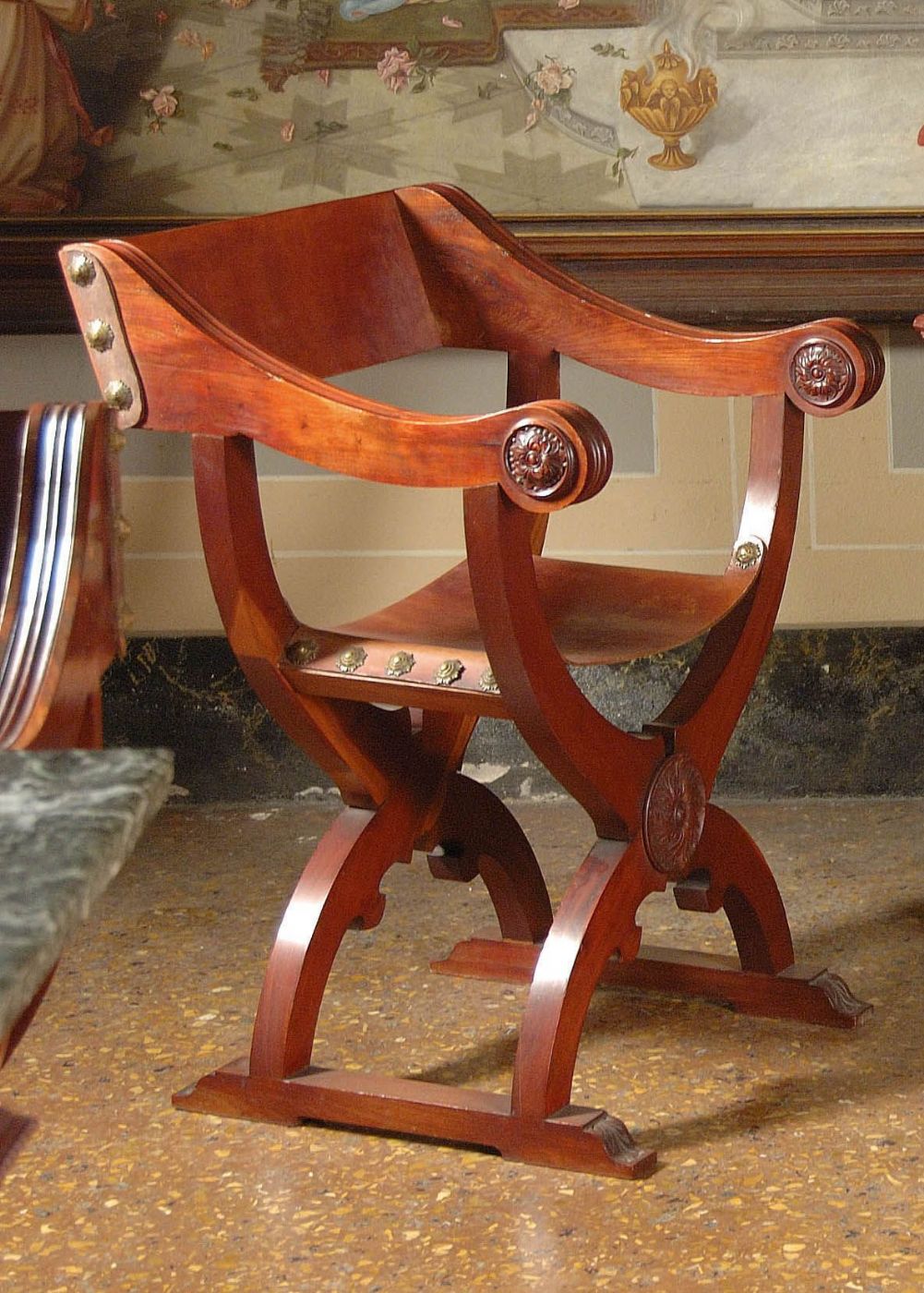
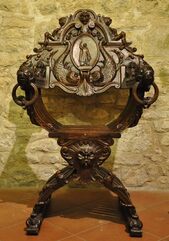
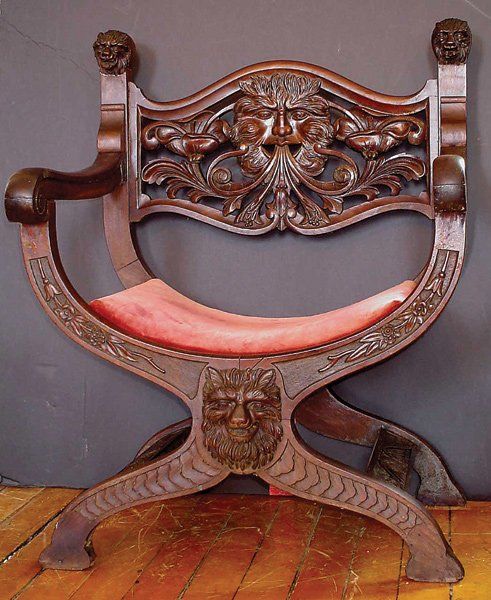
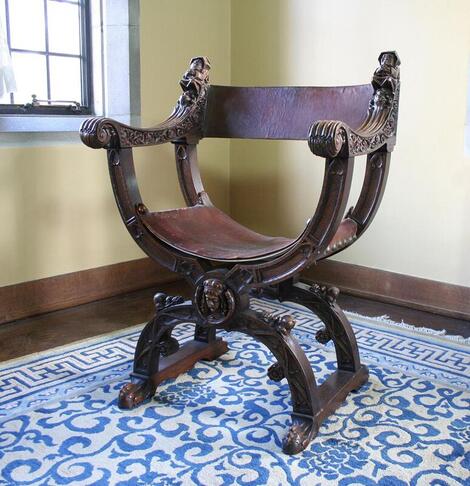

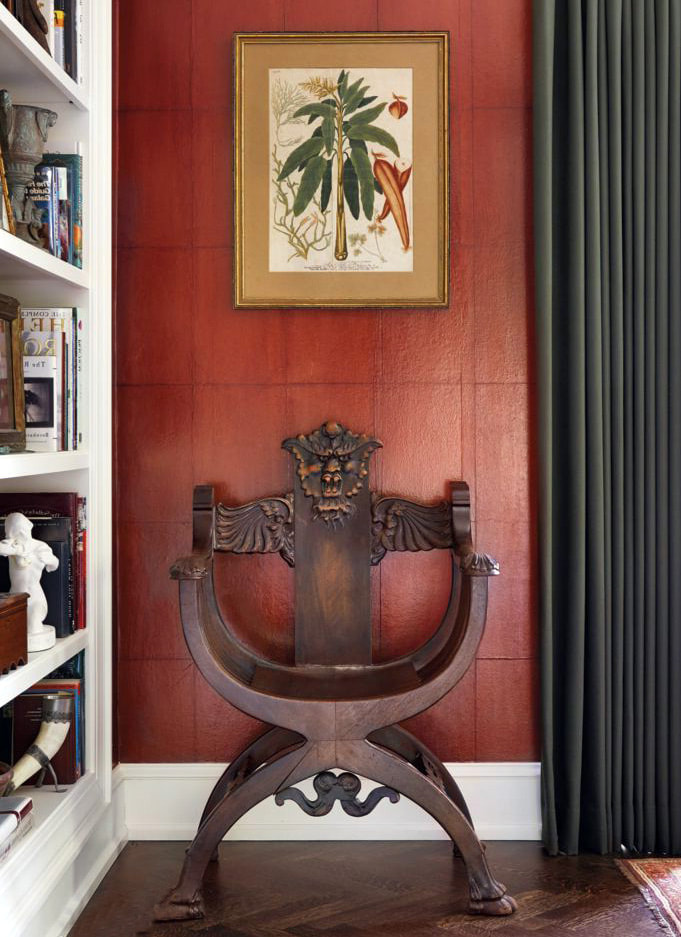
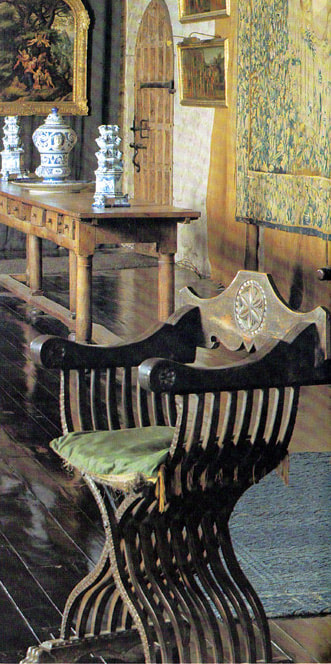

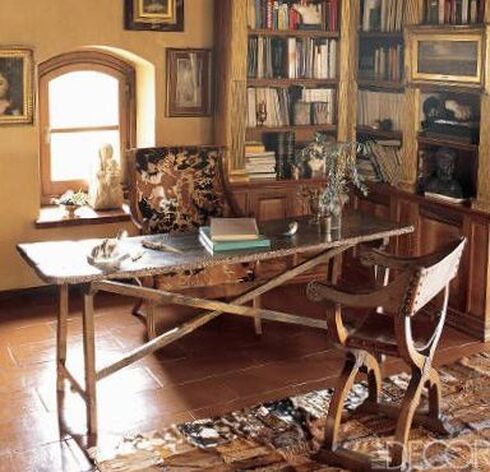
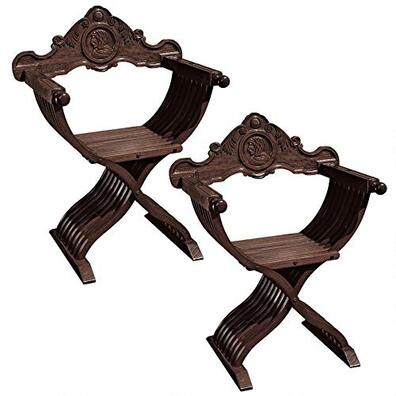



 RSS Feed
RSS Feed
